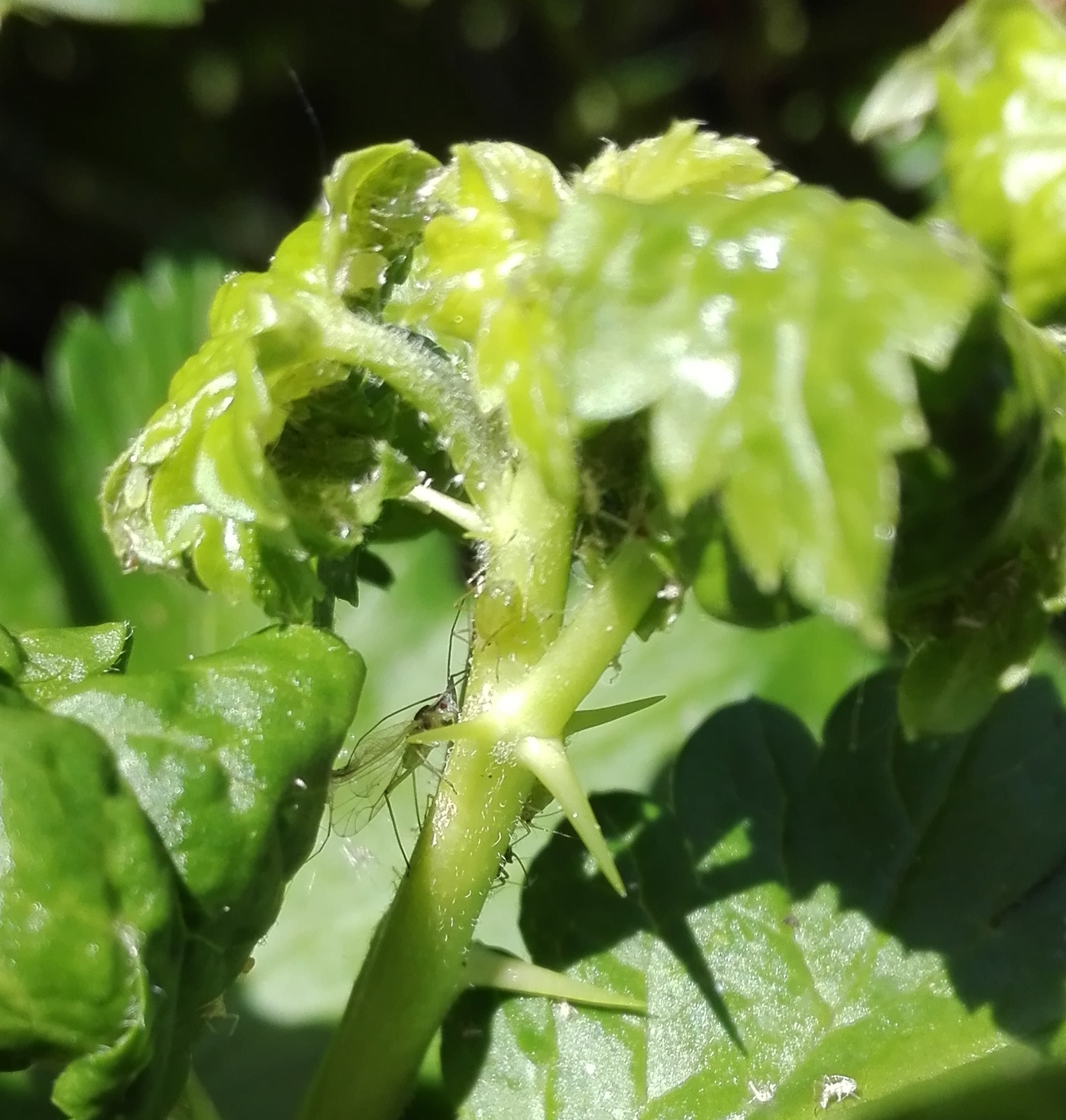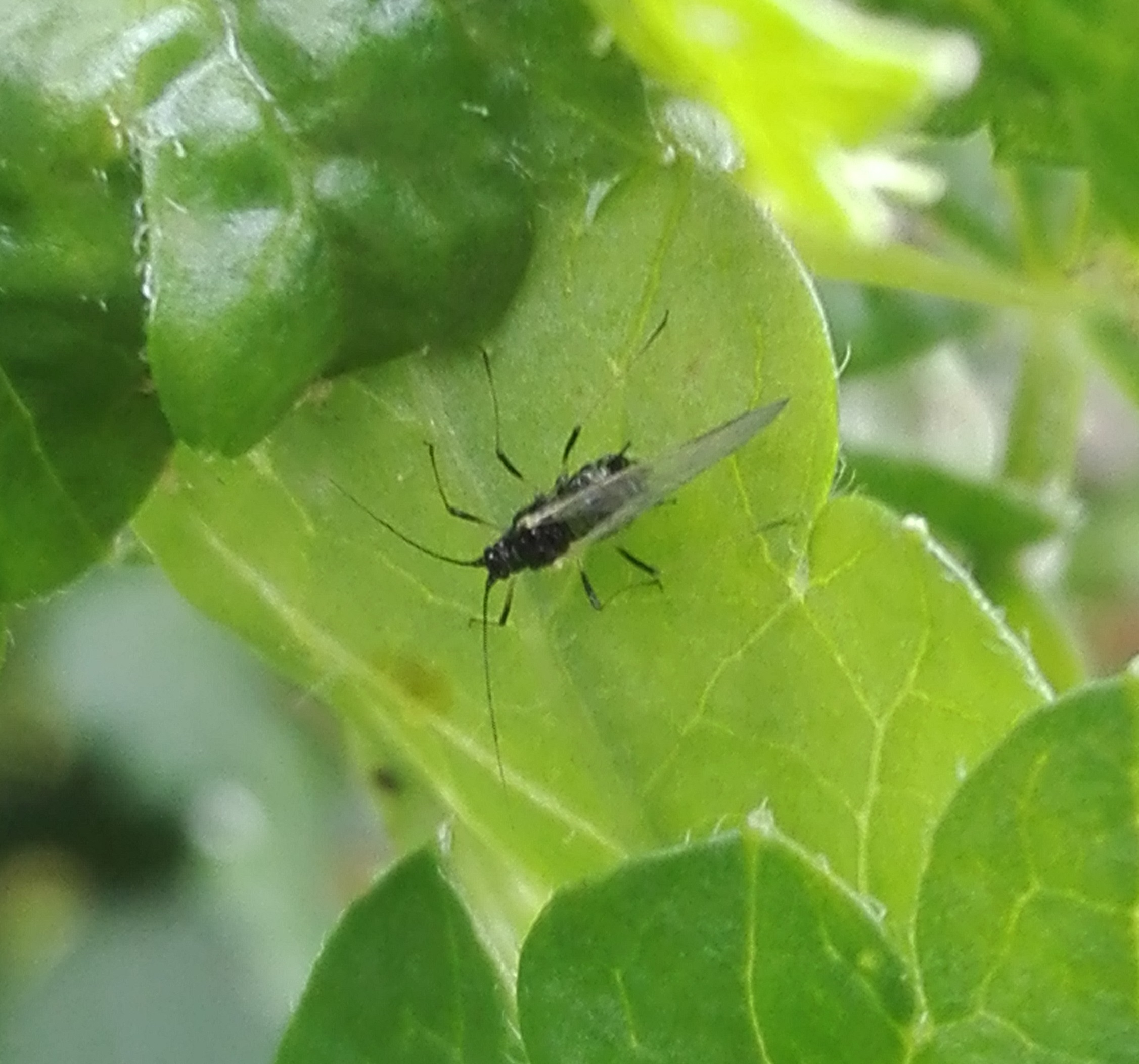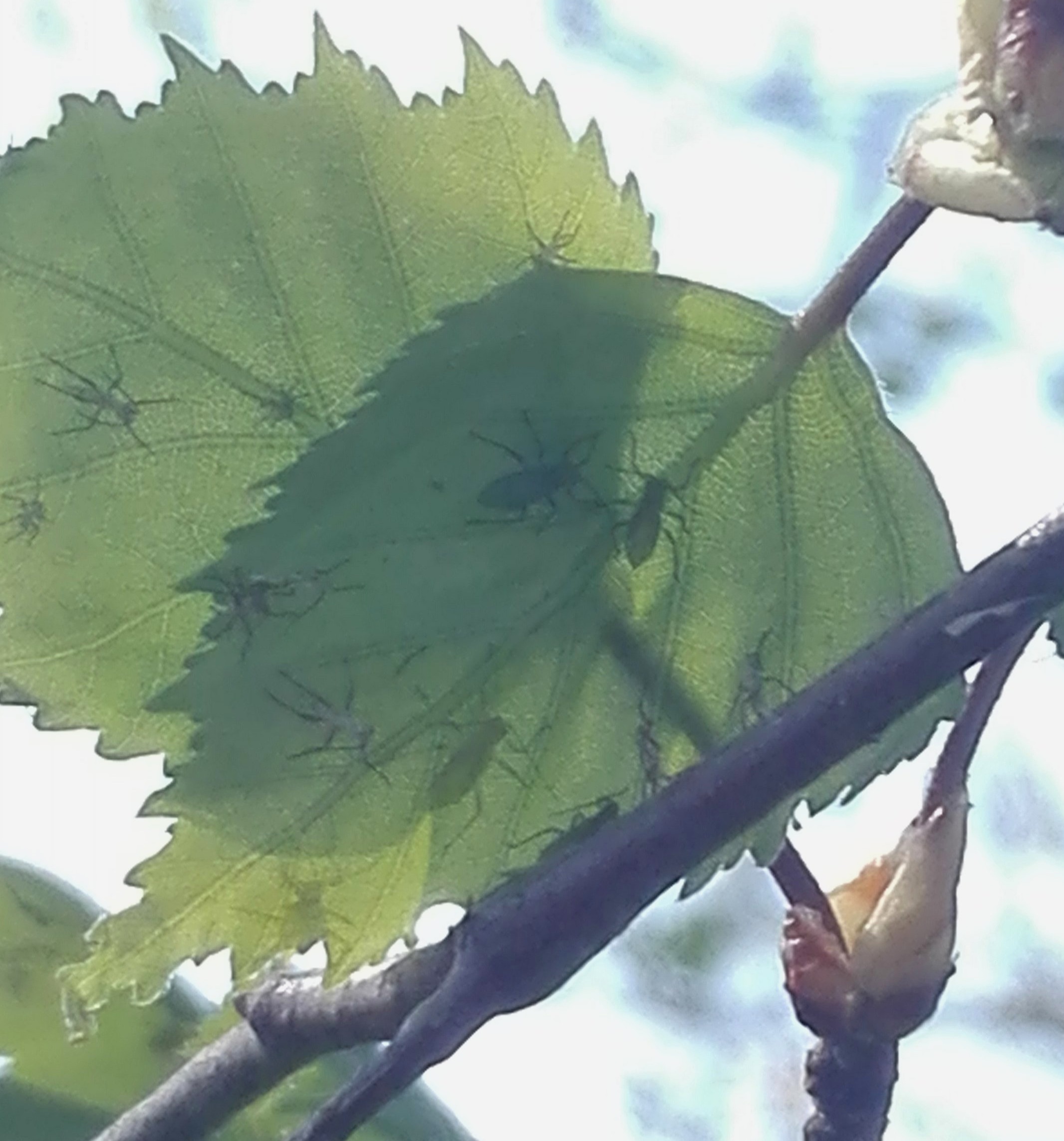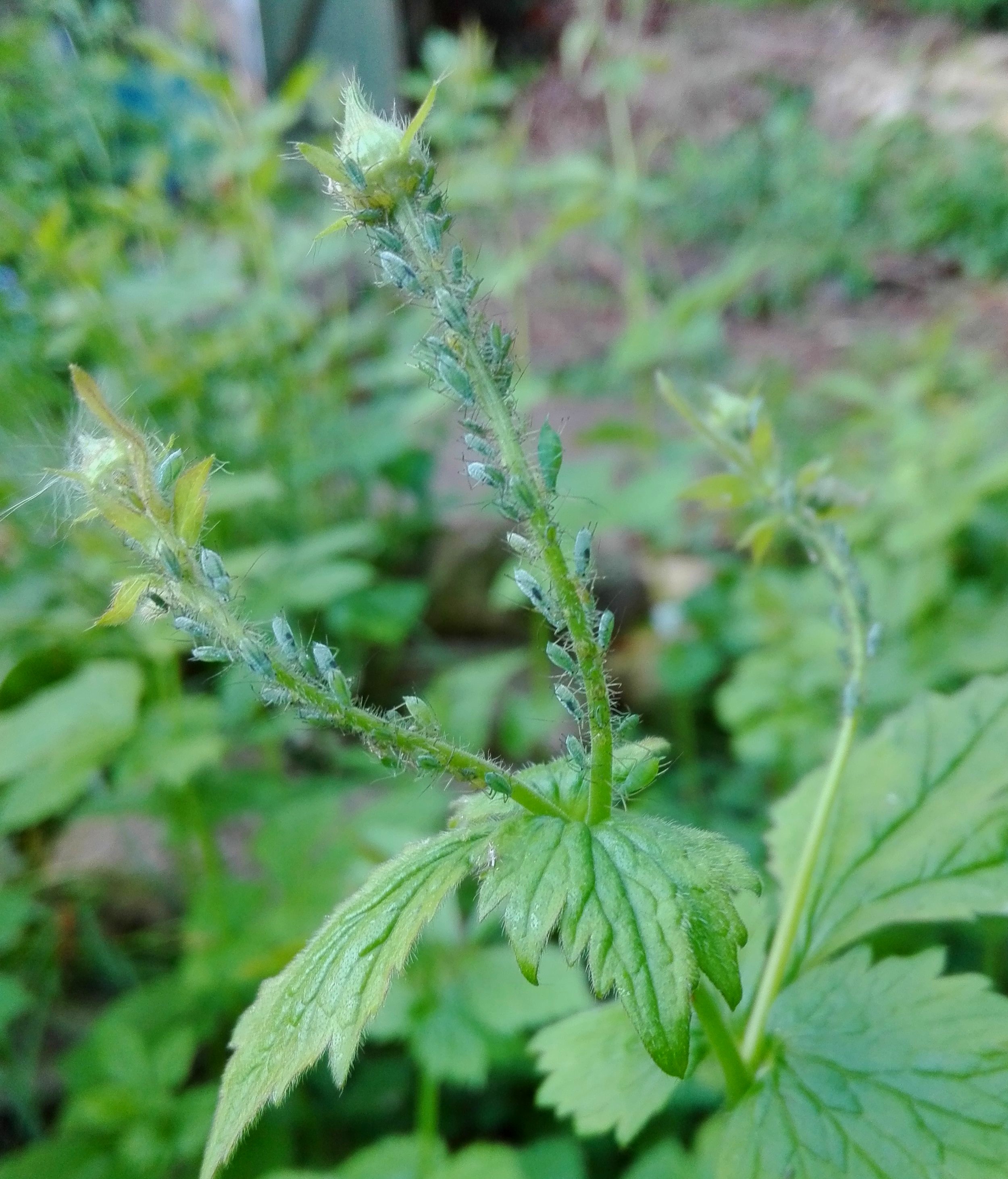Thousands of Aphids
/I’m not sure if it’s the cold spell weather we’re having or the season. but after all the activity around the early bees and butterflies there’s a noticeable lull in activity around the garden. One family of insects that is bucking this trend though are the aphids; there’s thousands of them everywhere and the predator species like ladybirds are not around in any kind of numbers sufficient to keep the numbers down. Who knows, maybe that’s by design - to let the numbers get up so that there’s plenty to eat for the rest of the summer. It’s very well organised if that’s the case.
The aphids I found lately are Gooseberry Willowherb Aphid (Aphis grossulariae) scrunching up the new grown leaves on the gooseberry bushes, Silver Birch Aphid (Euceraphis betulae) in amazing numbers on the undersides of the silver birch leaves, Geranium Aphid (Acyrthosiphon malvae) on the lower leaves of the wild geranium plants in the flowerbed and Herb Bennet Aphid (Macrosiphum gei) on the Herb Bennet that grows wherever it can.
One thing i learned about aphids is that certain species have a life-cycle involving two plants - the Gooseberry Willowherb Aphid being an example. It spends the winter and spring in the woody gooseberry bush, in the spring curling over the young leaves at the ends of each branch as the first generations of young grow. Presumably this is for protection against things like the blue tits and wren that I have seen feeding in the same bush. In the summer they decamp, at least partially, to willowherb plants, before returning to the gooseberry to pass the winter. Apparently several aphid species have a similar strategy; while it makes sense in terms of surviving the winter it seems incredible that a species would evolve to be dependent on two specific yet so different species of plant.






